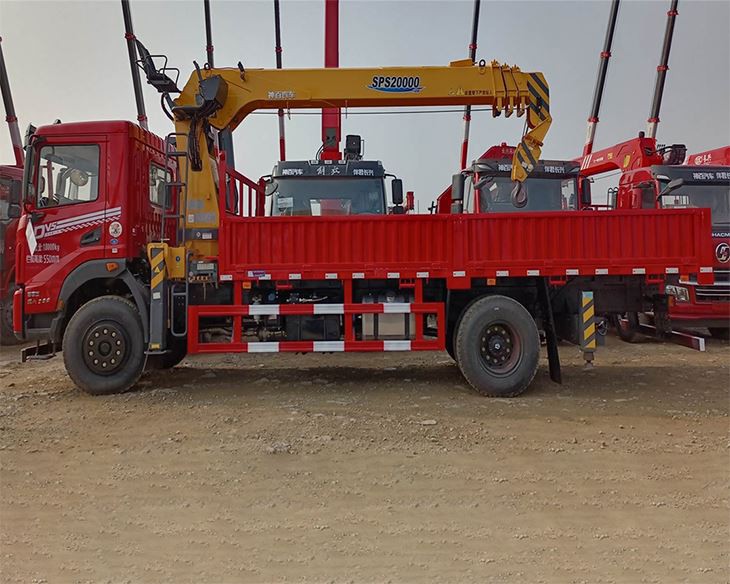Towing a truck can seem like a daunting task, but with the right knowledge and equipment, anyone can learn how to do it safely and effectively. Whether you’re dealing with a breakdown, need to transport a truck to a different location, or are helping a friend in need, understanding the proper techniques and safety precautions is essential. In this guide, we will explore everything you need to know about towing a truck, including types of towing methods, equipment needed, safety tips, and practical examples. Let’s dive in!
Understanding the Basics of Towing
What is Towing?
Towing refers to the act of pulling an object, usually a vehicle, behind another vehicle using a chain, rope, or tow bar. It requires knowledge of weight limits, proper hitching techniques, and laws regarding towing in your area.
Types of Towing Methods
There are several methods for towing a truck:
- Flatbed Towing: This method involves loading the truck onto a flatbed tow truck, giving the safest option for transporting vehicles.
- Wheel-Lift Towing: This uses a hydraulic lift to raise the front or rear wheels off the ground. Ideal for light- to medium-duty trucks.
- Tow Dolly: A tow dolly lifts the front wheels of the truck off the ground while the rear wheels remain on the road. This is effective for short distances.
- Hook and Chain Towing: An older method where chains are used to secure the vehicle. It’s less common now due to potential damage to the vehicle being towed.
Essential Equipment for Towing a Truck
Choosing the Right Tow Vehicle
Your tow vehicle must have the capacity to handle the weight of the truck you are towing. Check the manufacturer’s towing capacity information for both vehicles.
Tow Hitch and Accessories
A tow hitch is crucial for towing. Here are the key types:
| Type of Hitch | Weight Capacity | Application |
|---|---|---|
| Weight-Carrier Hitch | Up to 5,000 lbs | Light-duty trucks and SUVs |
| Weight-Distribution Hitch | Up to 14,000 lbs | Heavy-duty towing |
| Fifth-Wheel Hitch | Up to 30,000 lbs | For towing larger trucks and trailers |
Safety Chains
Ensure that safety chains are used to secure the tow vehicle and the truck being towed. These are critical in case the hitch fails.
Towing Lights
It’s essential to have signaling lights on the truck being towed. Use a towing light bar or magnetic lights that can be easily attached.
Preparation Steps Before Towing
Check Weight Limits
Ensure that the total weight of the truck being towed does not exceed the towing capacity of your tow vehicle. Weigh both vehicles if necessary.
Inspect the Towing Equipment
Before you start, check the tow hitch, chains, and any lighting systems for faults. Make sure all equipment is in good working condition.
Cautious Loading Procedures
If you’re using a flatbed, drive the truck onto the bed carefully. For dolly or wheel-lift towing, ensure the vehicle is correctly secured at the axles.
Executing the Towing Process
Hitching the Truck
Follow these steps to hitch your truck properly:
- Align your tow vehicle with the truck to be towed.
- Lower the hitch and lock it into place.
- Attach safety chains in a crisscross pattern from the tow vehicle to the truck.
- Connect the wiring for the brake lights and turn signals.
Driving with a Towed Truck
Here are some driving tips when towing a truck:
- Practice gentle acceleration and braking.
- Allow for extra stopping distance.
- Make wider turns to avoid hitting curbs or obstacles.
Parking While Towing
When parking, ensure you find a flat surface and consider the increased length of your setup when maneuvering.
Tips for Safe Towing
Monitor Load Distribution
Ensure that the load is evenly distributed to avoid swaying while driving. Check that the truck is centered and secured.
Know Your Legal Responsibilities
Understand the regulations surrounding towing in your area, including weight limits, equipment requirements, and permits necessary for large loads.
Execute Regular Maintenance
Keep your tow vehicle and equipment in top condition. Regular inspections can prevent issues while towing.
Tow Truck Safety Measures
Using Flashers
Always turn on your hazard lights and flashers while towing to alert other drivers of your situation.
Check Brakes Regularly
Ensure that the brakes of both the tow vehicle and the truck being towed are functioning correctly.
Common Mistakes to Avoid When Towing
Overloading the Tow Vehicle
Never exceed the weight capacity for safe towing. Familiarize yourself with your vehicle’s specifications before attempting to tow.
Failing to Secure the Load
Improperly secured loads can lead to accidents. Double-check all connections and safety chains before setting off.
Ignoring Towing Laws
Each state has specific laws regarding towing, including speed limits and equipment requirements. Research these rules before towing.
FAQs about Towing a Truck
What is the safest way to tow a truck?
The safest method is using a flatbed tow truck, which ensures the entire vehicle is off the ground during transportation.
Can I tow a truck with a regular car?
It’s generally not advisable to tow a truck with a standard car due to weight limits. Always check your vehicle’s towing capacity.
How do I determine the right hitch for towing?
Select a hitch based on the weight of the towing load and the type of vehicle being towed. Consult your vehicle’s manual for recommendations.
Do I need special permits for towing heavy trucks?
Some areas require permits for towing heavy loads. Check with your local department of motor vehicles for guidelines.
How do I maintain my towing equipment?
Regularly inspect your tow hitch, chains, and lighting systems for wear and tear. Lubricate moving parts and replace damaged equipment promptly.
What are the consequences of improper towing?
Improper towing can lead to accidents, damage to vehicles, and legal penalties. Always follow safety protocols and guidelines to avoid issues.





